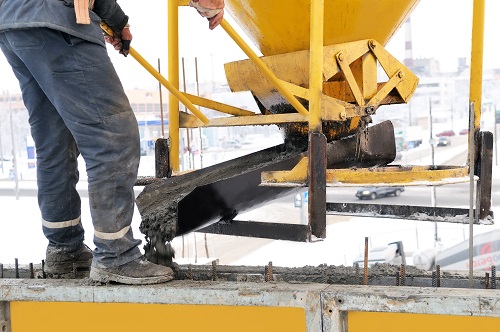 Sunday, May 19, 2024
Sunday, May 19, 2024  Sunday, May 19, 2024
Sunday, May 19, 2024 
The weather conditions at a jobsite are ever-changing. As a result, the construction work within its borders might experience hot or cold temperatures, strong or still winds, and dry or humid air.
All of which have an impact on the curing and strength development of concrete. They also affect the actual conditions at a jobsite. That can alter them significantly from the expected conditions you might find from thermal simulations or assessments from concrete specimens stored and tested in a laboratory.
However, you need to prepare for these variations. Otherwise, they can catch you off guard and negatively impact your concrete’s performance. To avoid that, consider the following questions.
Temperature greatly affects the speed at which concrete cures. A low concrete temperature causes significantly slower strength development. And if the concrete freezes while it is still fresh or before sufficient strength has been achieved, the results are an irreversible loss in strength (reducing up to 50% of the concrete’s final strength).
Nonetheless, concrete construction can still take place during cold weather conditions, even in harsh winters. But you need special practices, proper protection, and precautions in place to handle cold weather concreting.
The American Concrete Institute (ACI) currently defines the conditions of cold weather concreting to exist as follows.
When the air temperature has fallen to, or is expected to fall below, 40°F (4°C) during the protection period. The protection period is defined as the time recommended to prevent concrete from being adversely affected by exposure to cold weather during construction.